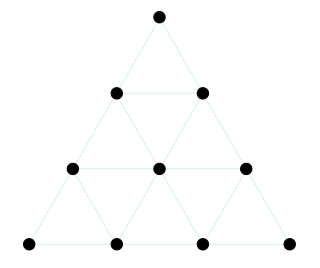Top Qs
Timeline
Chat
Perspective
10
Natural number From Wikipedia, the free encyclopedia
Remove ads
10 (ten) is the even natural number following 9 and preceding 11. Ten is the base of the decimal numeral system, the most common system of denoting numbers in both spoken and written language.
Remove ads
Name
The number "ten" originates from the Proto-Germanic root "*tehun", which in turn comes from the Proto-Indo-European root "*dekm-", meaning "ten". This root is the source of similar words for "ten" in many other Germanic languages, like Dutch, German, and Swedish. The use of "ten" in the decimal system is likely due to the fact that humans have ten fingers and ten toes, which people may have used to count by.
Remove ads
Linguistics
- A collection of ten items (most often ten years) is called a decade.
- The ordinal adjective is decimal; the distributive adjective is denary.
- Increasing a quantity by one order of magnitude is most widely understood to mean multiplying the quantity by ten.
- To reduce something by one tenth is to decimate. (In ancient Rome, the killing of one in ten soldiers in a cohort was the punishment for cowardice or mutiny; or, one-tenth of the able-bodied men in a village as a form of retribution, thus causing a labor shortage and threat of starvation in agrarian societies.)
Remove ads
Mathematics
- 10 is a composite number, the second squarefree semiprime, the fourth triangular number, and a happy number.[1]
- 10 is the smallest noncototient number.[2]
- There are exactly 10 small Pisot numbers that do not exceed the golden ratio.[3]
Decagon
A ten sided polygon is called a decagon.
List of basic calculations
Science
- The metric system is based on the number 10, so converting units is done by adding or removing zeros (e.g. 1 centimetre = 10 millimetres, 1 decimetre = 10 centimetres, 1 meter = 100 centimetres, 1 dekametre = 10 meters, 1 kilometre = 1,000 meters).
- The 10th element of the periodic table is neon.
- The 10th transition metal is zinc.
Mysticism

In Pythagoreanism, the number 10 played an important role and was symbolized by the tetractys.
See also
Notes
References
External links
Wikiwand - on
Seamless Wikipedia browsing. On steroids.
Remove ads